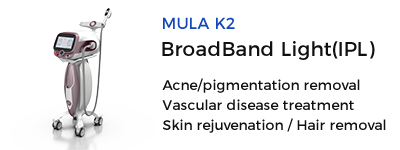Broadband Light vs. IPL for Vascular Lesions
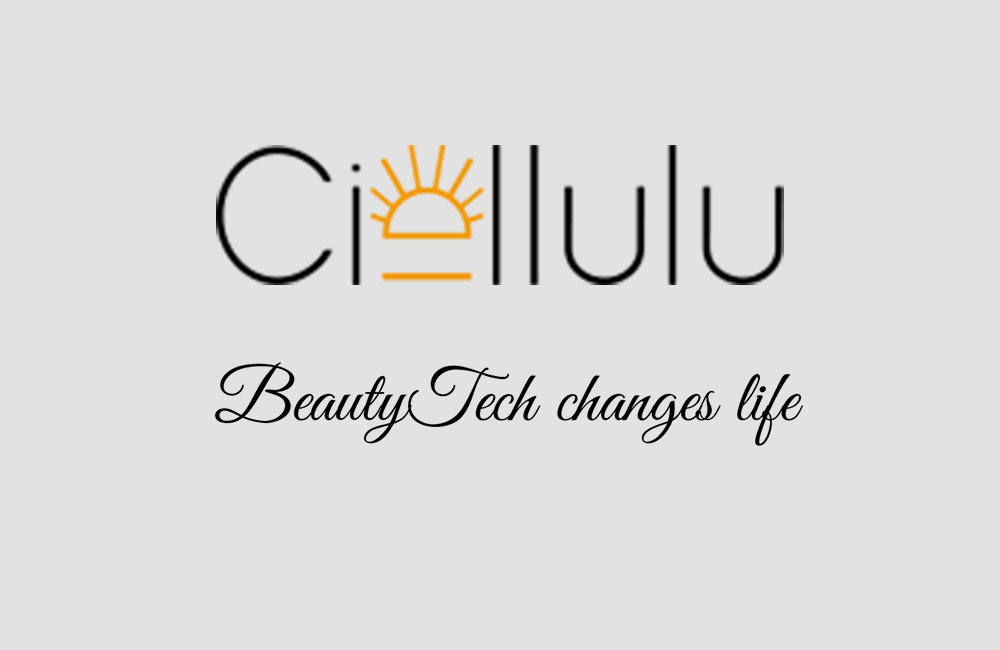
Broadband Light vs. IPL for Vascular Lesions
Title: An Exploration of Broadband Light vs. Intense Pulsed Light for Treating Vascular Lesions
Introduction
Vascular lesions, also known as angiomas or hemangiomas, are benign skin defects resulting from inappropriately formed blood vessels. While these conditions tend to self-resolve over time, many seek treatments to speed up the process or deal with persistent lesions. Two prominent treatment methodologies in this context are Broadband Light (BBL) and Intense Pulsed Light (IPL). This article seeks to explore the two procedures, their differences, and efficiencies in treating vascular lesions.
Broadband Light (BBL)
Broadband Light (BBL) is a rejuvenation procedure that utilizes light energy to directly target vascular lesions. Its primary function is to heat the upper layers of the skin right down to the collagen level - a process that promotes skin firmness. This method is distinctive because of the broad range of wavelengths which are then filtered to target specific depths of the skin to treat diverse skin problems including vascular lesions.
To gain a deeper understanding of the Broadband Light treatment, visit Ciellulu's BBL page.
Advantages of Broadband Light
BBL is favored by many patients for its versatility in treating a wide array of skin conditions, and relatively non-invasive nature. Furthermore, BBL has a variable depth of penetration, meaning it can effectively target and treat vascular lesions located at various levels within the skin. This procedure has lower downtime, and patients can often resume their daily activities immediately after a session.
Intense Pulsed Light (IPL)
Intense Pulsed Light, albeit quite similar to BBL, uses a different technology to treat vascular lesions as well as other skin conditions - including sun damage and rosacea. IPL employs various wavelengths of light to target pigmented or red cells in the body. This treatment involves directing light at the hemoglobin color in the blood that will heat up and damage the walls of the blood vessels causing the vessels to disappear over time.
To discover more about IPL treatment, visit Ciellulu's IPL page.
Advantages of IPL
IPL treatments are noted for their ability to handle multiple skin conditions at once. The method is generally painless and involves little to no downtime, ensuring patient comfort throughout the process. Due to the diverse wavelength spectrum employed, IPL can penetrate to different skin depths, making it capable of treating vascular lesions that sit at varying levels within the skin.
Comparative Evaluation: Broadband Light vs. Intense Pulsed Light
BBL and IPL treatments share a fair amount of similarities, as they both use light-based technologies to treat skin conditions and have variable penetration depths. Both also have minimal downtime and relatively non-invasive procedures. Yet, differences emerge mainly regarding the type of light they utilize. BBL uses a broad range of wavelengths to treat the skin at different depths, which can be adjusted according to the specific treatment required, while IPL uses multiple wavelengths within the same pulse of light.
Conclusion
Both Broadband Light and Intense Pulsed Light are effective treatments for vascular lesions. The decision to use one treatment over the other should be based on individual patient needs, the nature of the vascular lesions, and the professional endorsement of the treating physician. It's always beneficial to have a comprehensive consultation before choosing a treatment option.
For more information, visit Ciellulu's website.

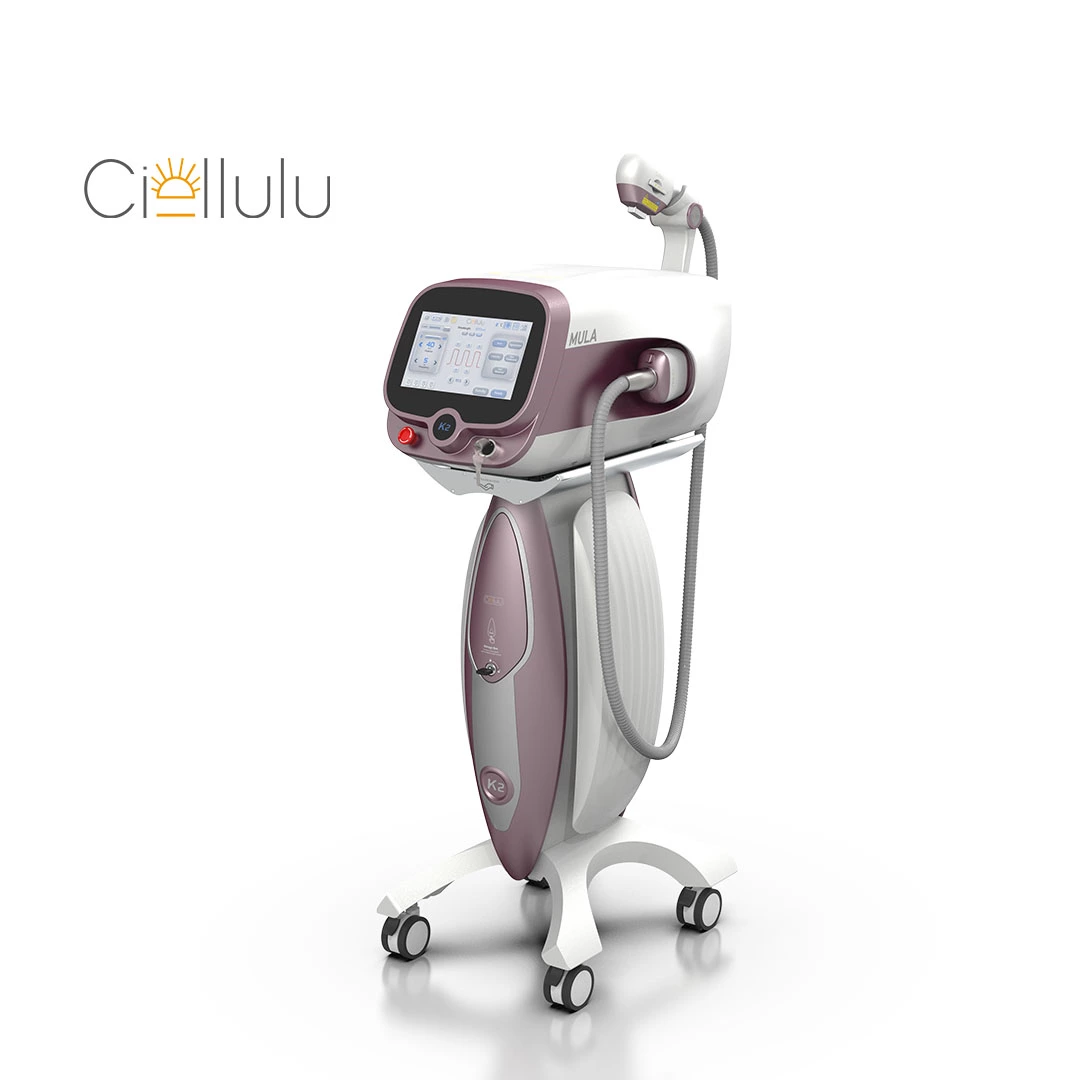
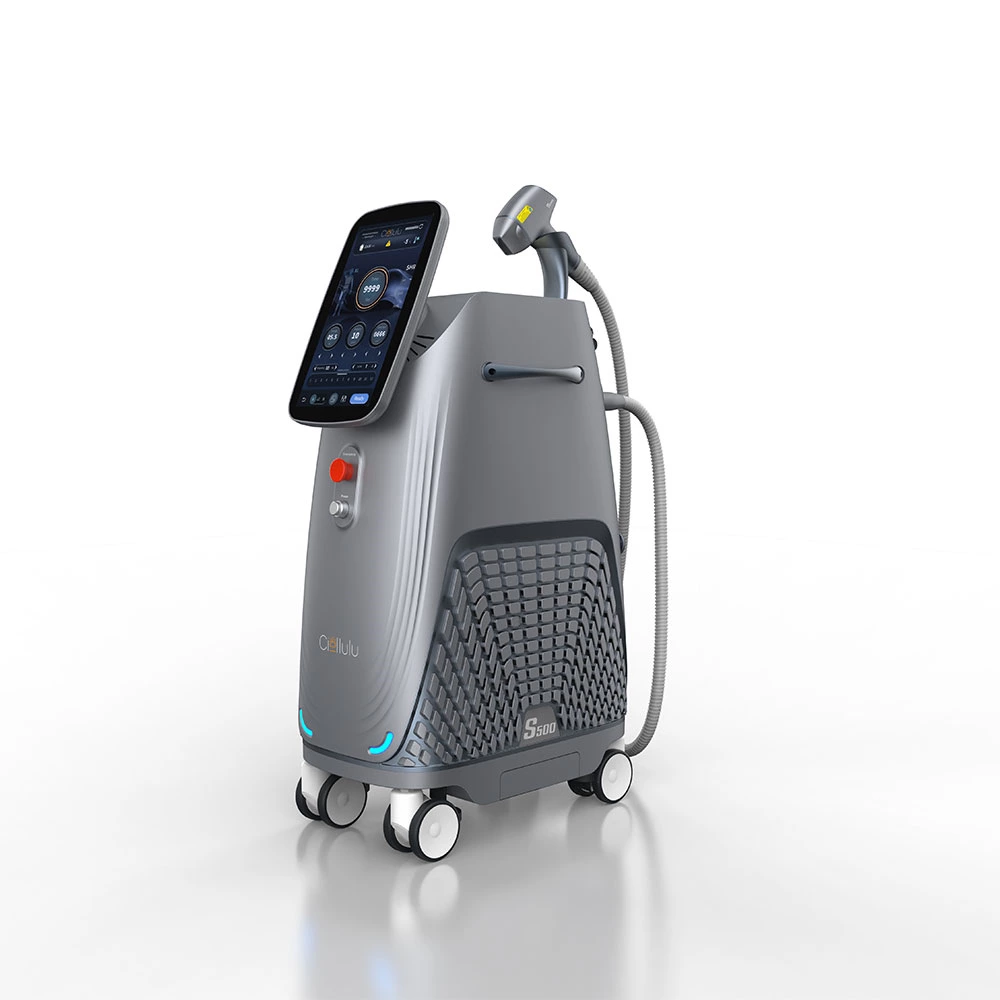
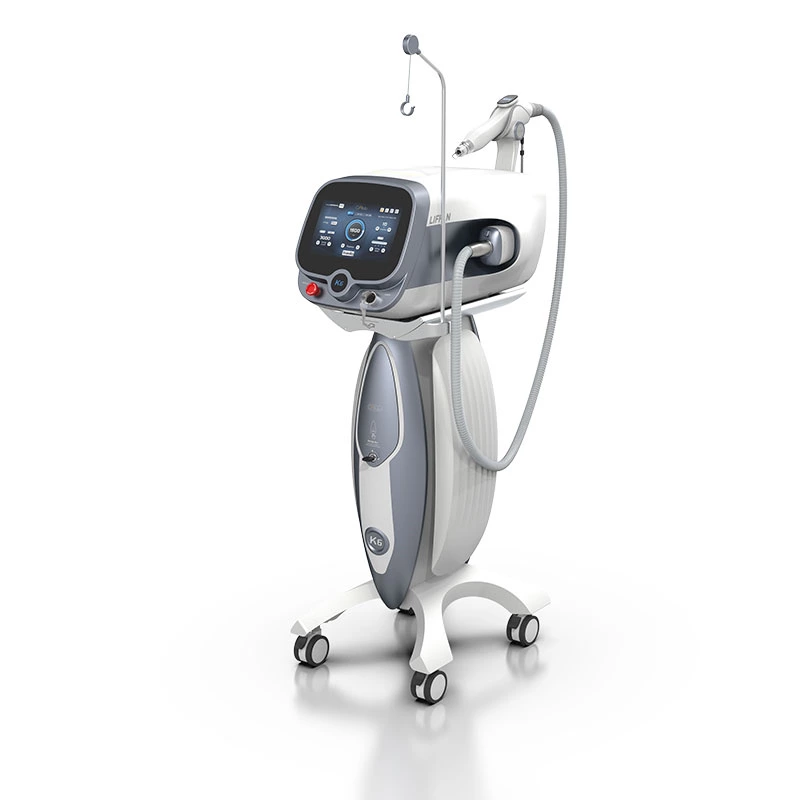
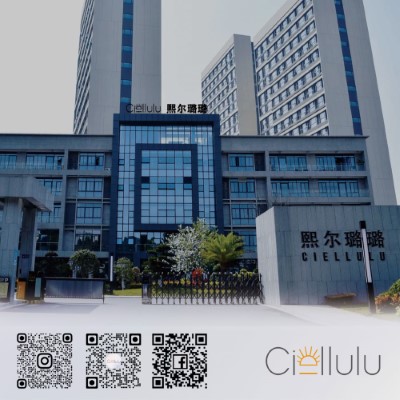 Ciellulu Laser - Facial Machine Supplier
Ciellulu Laser - Facial Machine Supplier